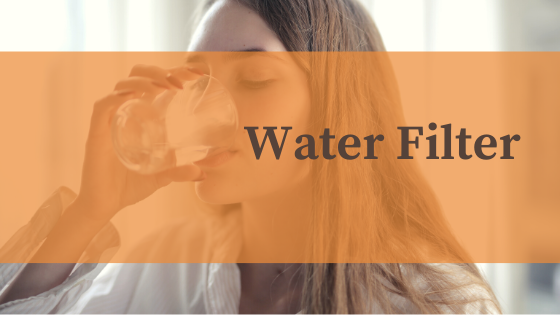If you have considered purchasing a water filtering system for your home or business, you may be interested in learning about the reverse osmosis water purification system. This term may sound like a complex system for filtering drinking water, but the process is really very simple.
Reverse osmosis water systems have been used for years to turn seawater into drinking water. All of the systems available to the consumer today basically work in the same way. Household water pressure is used to push tap water through a filter or membrane that allows only the water to pass through, leaving the salts, chemicals and impurities to go down the drain. How well this filtering system works can be influenced by incoming water pressure, the number of dissolved solids in the water, water temperature and finally the quality of the filters or membranes. The quality of the filters has the most impact on performance.
The filters used for reverse osmosis water filtration remove impurities and particles found in tap water by forcing tap water through the system using pressure. Although there are 3 and 4 stage systems available, the 5-stage system provides the most purification benefits as the water passes through 5 filtering before leaving the system and into a drinking glass.
They can be installed at the kitchen sink with the under counter or countertop models that are available. These are called point of use systems and filter ½ to 1 gallon of water per minute. Point of entry systems or whole house systems are installed where the main water line enters the building and can filter from 5-20 gallons of water per minute. A basic reverse osmosis water filtration system for home use will cost any where from a few hundred dollars and up and can be found at online.

When considering the weight and size of the system, plastic systems are available and lighter weight than the metal versions. The metal version is considered superior for holding pressure and preventing leaking. Some consumers may be weary of water touching metal, however the water is encased and never touches the metal while traveling through the membranes and filters.
Manufacturers of these systems usually provide detailed installation instructions and the consumer may need a little prior knowledge of plumbing terms. Filters need changing every 6-12 months depending on the model and usage and again this can be done by following manufacturer guidelines.
Shoppers should look for products that used approved components for materials and a come with a factory warranty. A reverse osmosis water filter system produced in other countries may come with a lower price tag, but do not always meet the standards set in the United States.
Technical support and service are important features when looking for a manufacturer. A good system will cost more than 250.00 and although this amount will not guarantee a quality product it is a good place to start when considering pricing.


